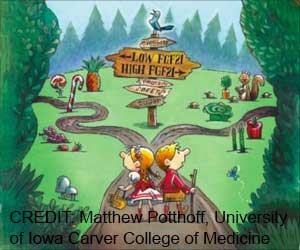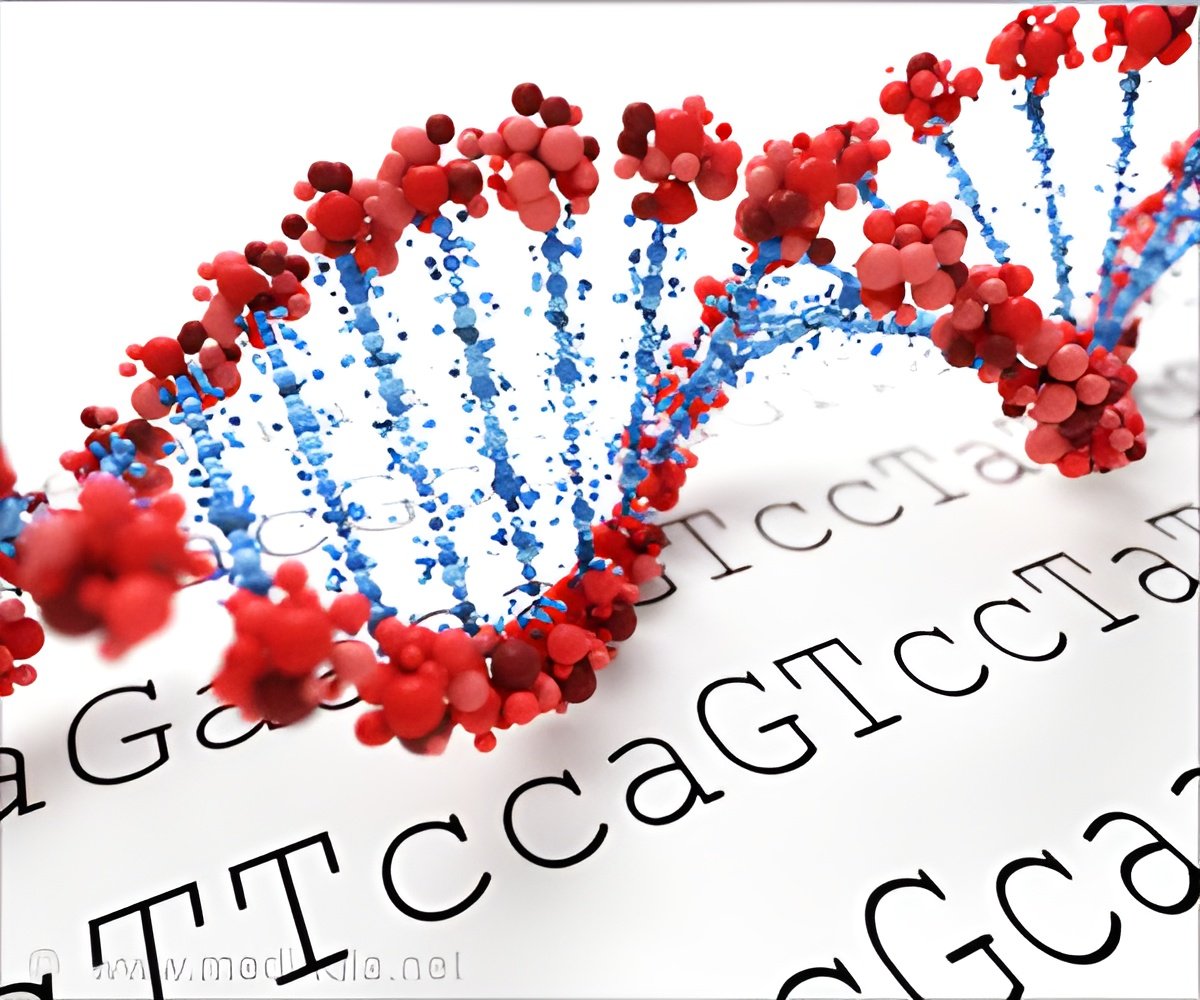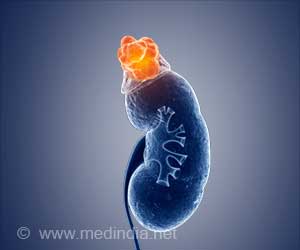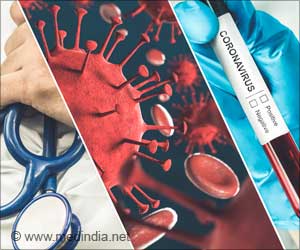
-
Cravings for sugary foods may signal serious health issues like diabetes, obesity, and fatty liver disease - Conditions such as insulin dysregulation in diabetes, dopamine resistance in obesity, and insulin resistance in fatty liver disease contribute to increased sugar cravings
- Breaking the vicious cycle requires addressing underlying health issues through medical strategies, improved insulin sensitivity, and lifestyle changes
Cravings for sweets and other high-sugar foods are a common aspect of human appetite, but in certain cases, they may indicate more profound health issues. Conditions such as diabetes , obesity , and fatty liver disease can contribute to an intensified desire for sugary snacks and beverages.
Complicating matters, succumbing to these cravings can exacerbate the very health conditions driving the increased appetite for sugar, creating a challenging and potentially harmful cycle.
Sugar Cravings and Diabetes
Individuals with diabetes often grapple with heightened sugar cravings due to their bodies’ impaired ability to regulate blood sugar levels. In a healthy metabolism, insulin plays a crucial role in transporting sugar from the bloodstream into cells for energy.
In diabetes, either insufficient insulin is produced or the body fails to use it effectively, leading to elevated blood sugar levels and cells being deprived of energy. This physiological imbalance prompts the body to crave quick sources of sugar in an attempt to compensate for the energy deficiency (1✔ ✔Trusted Source
sugar cravings: combating a sweet tooth
).
Sugar Cravings and Obesity
The relationship between excessive sugar intake and weight gain is well-established, but the connection between obesity and increased sugar cravings is a complex interplay of neurobiology. Sugary foods trigger the release of dopamine, a neurotransmitter associated with pleasure and reward, in the brain (2✔ ✔Trusted Source
Added sugars drive nutrient and energy deficit in obesity: a new paradigm
).
Advertisement
However, individuals struggling with obesity may develop dopamine resistance, diminishing the pleasure response. Consequently, they may overconsume sugar in an attempt to achieve the same rewarding sensation, perpetuating a cycle of overindulgence.
Sugar Cravings and Fatty Liver Disease
The accumulation of fat in the liver, often caused by a surplus of dietary sugar and refined carbohydrates, can lead to insulin resistance in the liver. As insulin resistance rises, the liver’s capacity to regulate blood sugar https:www.medindia.net/patients/calculators/bloodsugar-conversion.asp diminishes.
The resulting fluctuations in blood sugar levels trigger increased cravings for sugary snacks and beverages as the body strives to stabilize glucose levels, perpetuating a cycle of sugar consumption (3✔ ✔Trusted Source
Fructose and Sugar: A Major Mediator of Nonalcoholic Fatty Liver Disease
Diabetes, obesity, and fatty liver disease can both contribute to and result from heightened sugar intake and cravings. The common thread is insulin dysregulation, and the body’s attempt to restore metabolic balance through a cycle of sugar consumption.
Breaking this detrimental cycle requires a comprehensive approach, including medical strategies to improve insulin sensitivity, along with necessary diet and lifestyle changes. Addressing the root causes of these conditions is crucial for breaking the cycle of sugar dependence and promoting long-term health.
Advertisement
References:
- sugar cravings: combating a sweet tooth – (https://www.diabetes.org.uk/guide-to-diabetes/enjoy-food/eating-with-diabetes/food-psychology/sugar-cravings)
- Added sugars drive nutrient and energy deficit in obesity: a new paradigm – (https://www.ncbi.nlm.nih.gov/pmc/articles/PMC4975866/)
- Fructose and Sugar: A Major Mediator of Nonalcoholic Fatty Liver Disease
– (https://www.ncbi.nlm.nih.gov/pmc/articles/PMC5893377/ )
Source-Medindia



